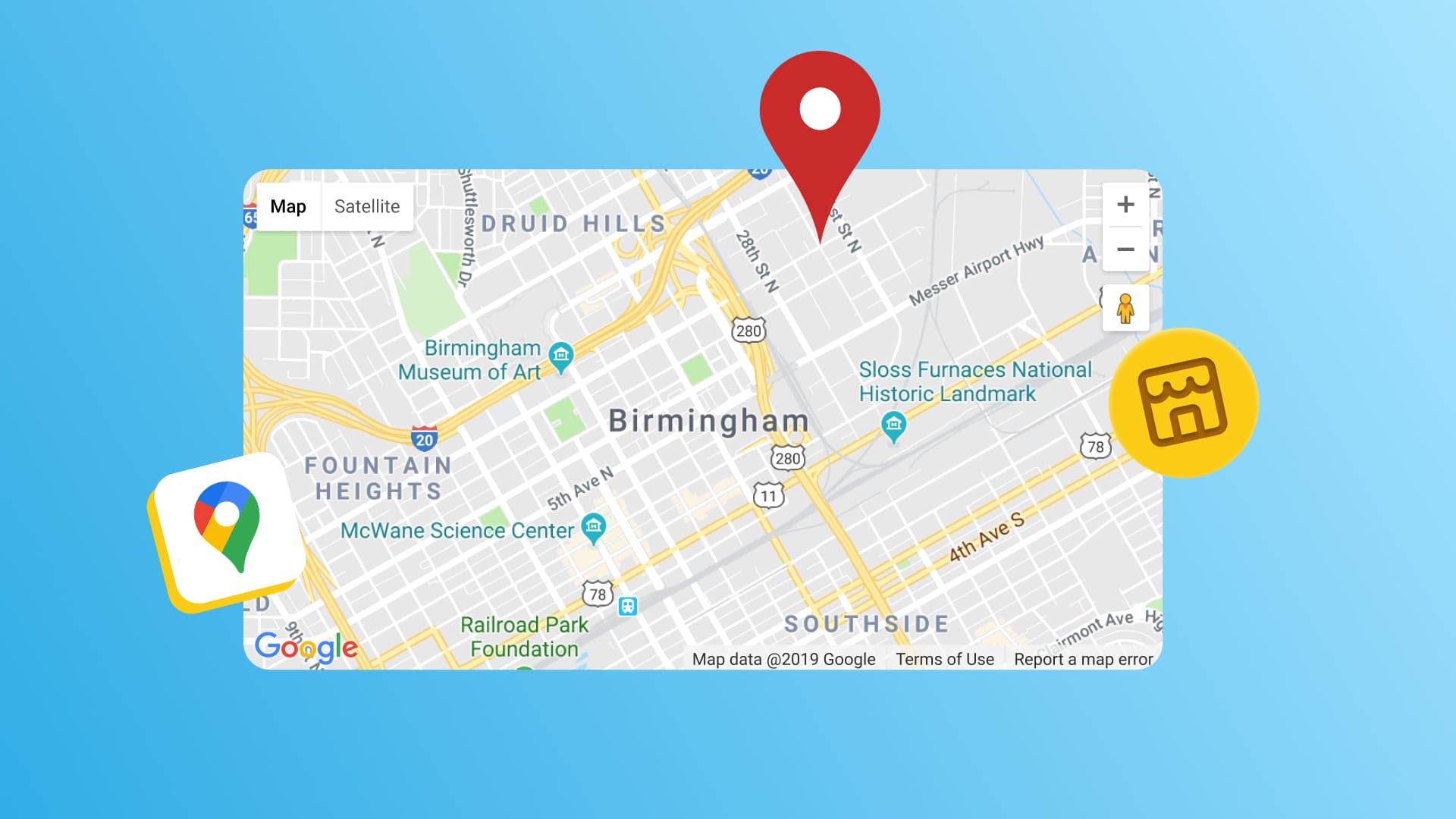New
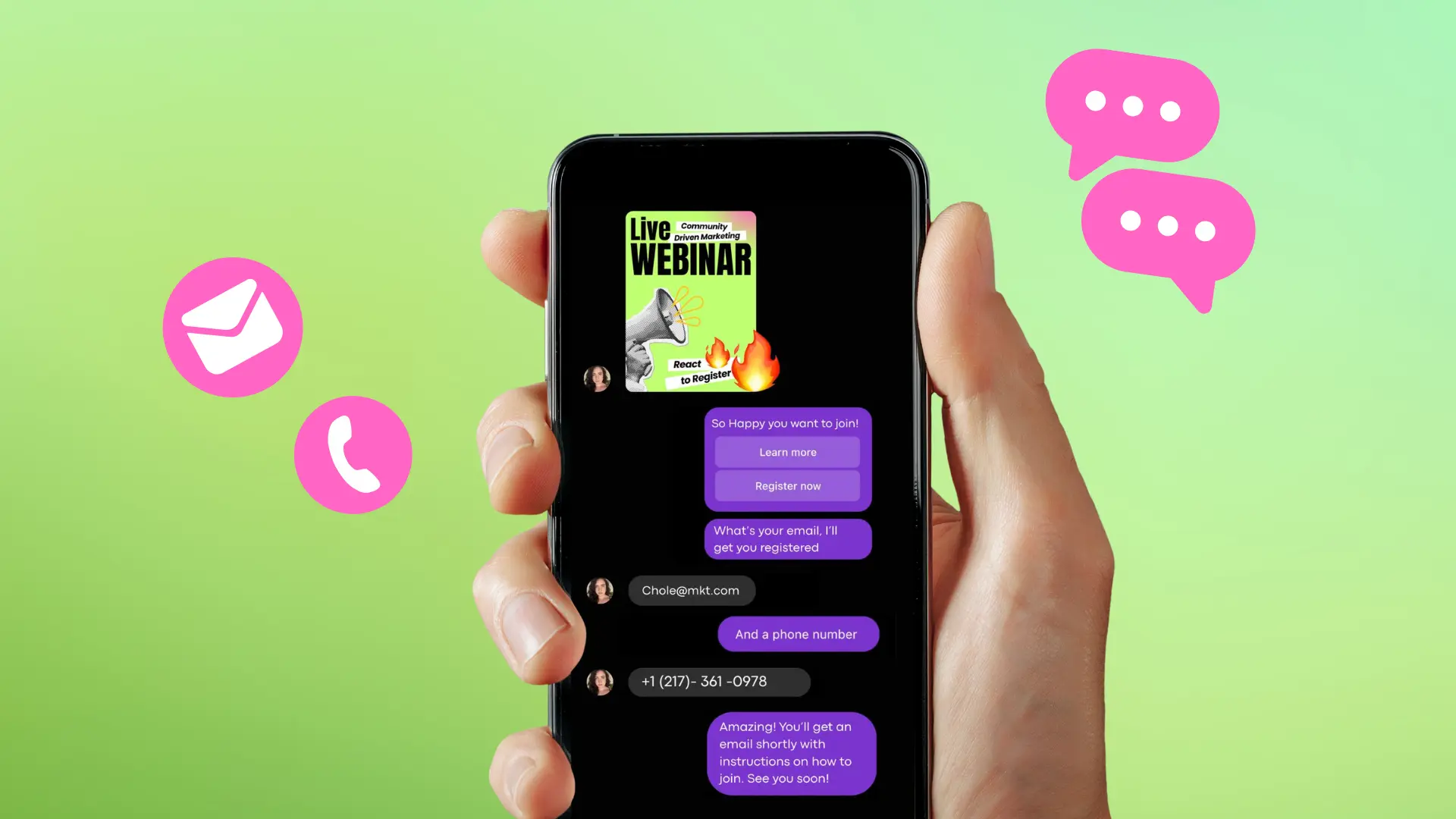
Turn Your DMs Into Lead Gen!
Learn how to collect lead data from your DMs such as email addresses, phone numbers, and more right from your social inbox. If you are not yet automating your DMs your competitors are outpacing you.
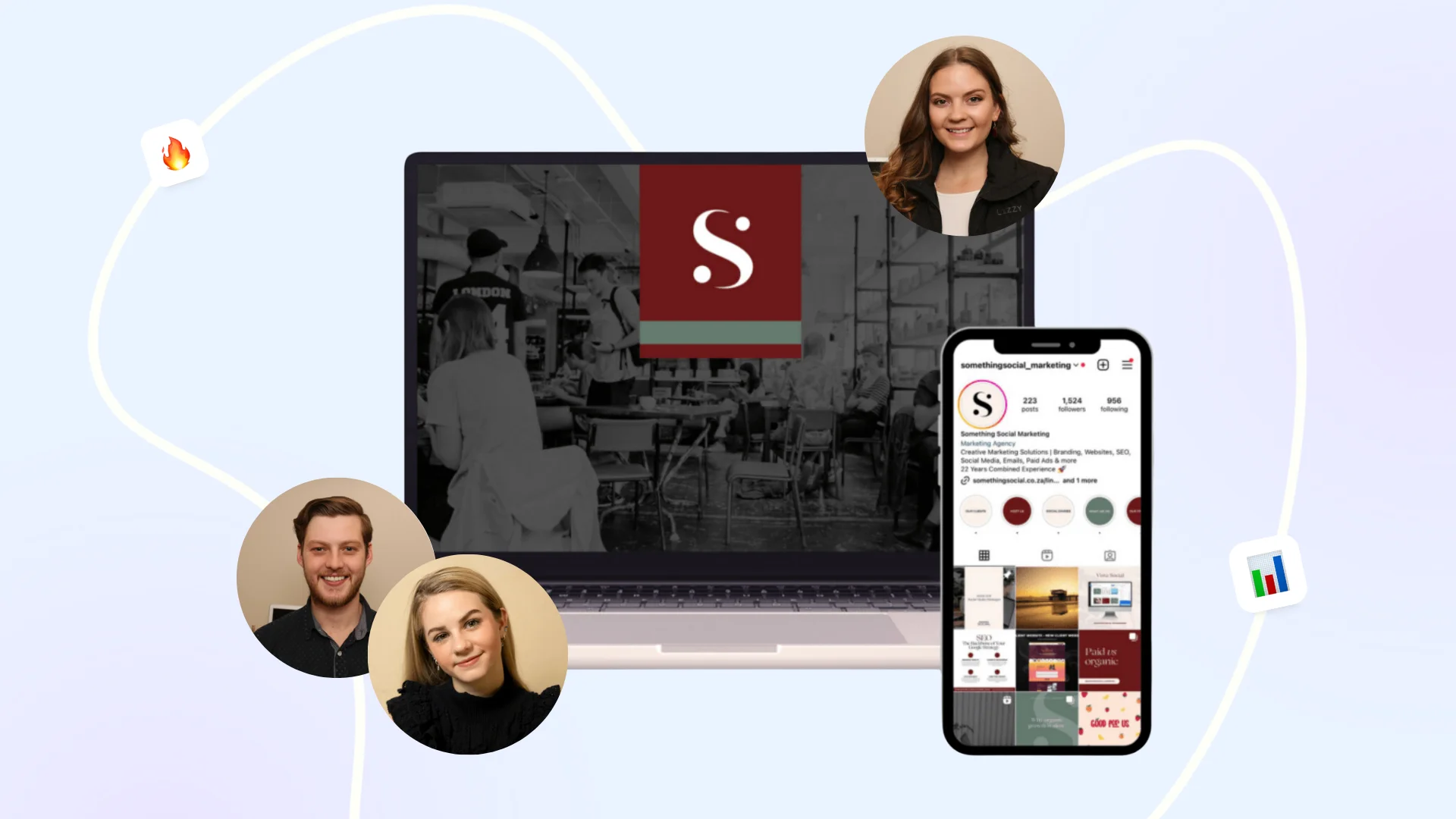
How Something Social Saved 75% of Their Time and Increased Revenue by 15%
See how a fast-growing agency improved operations, cut down hours of manual work, and unlocked new revenue opportunities with Vista Social.
New
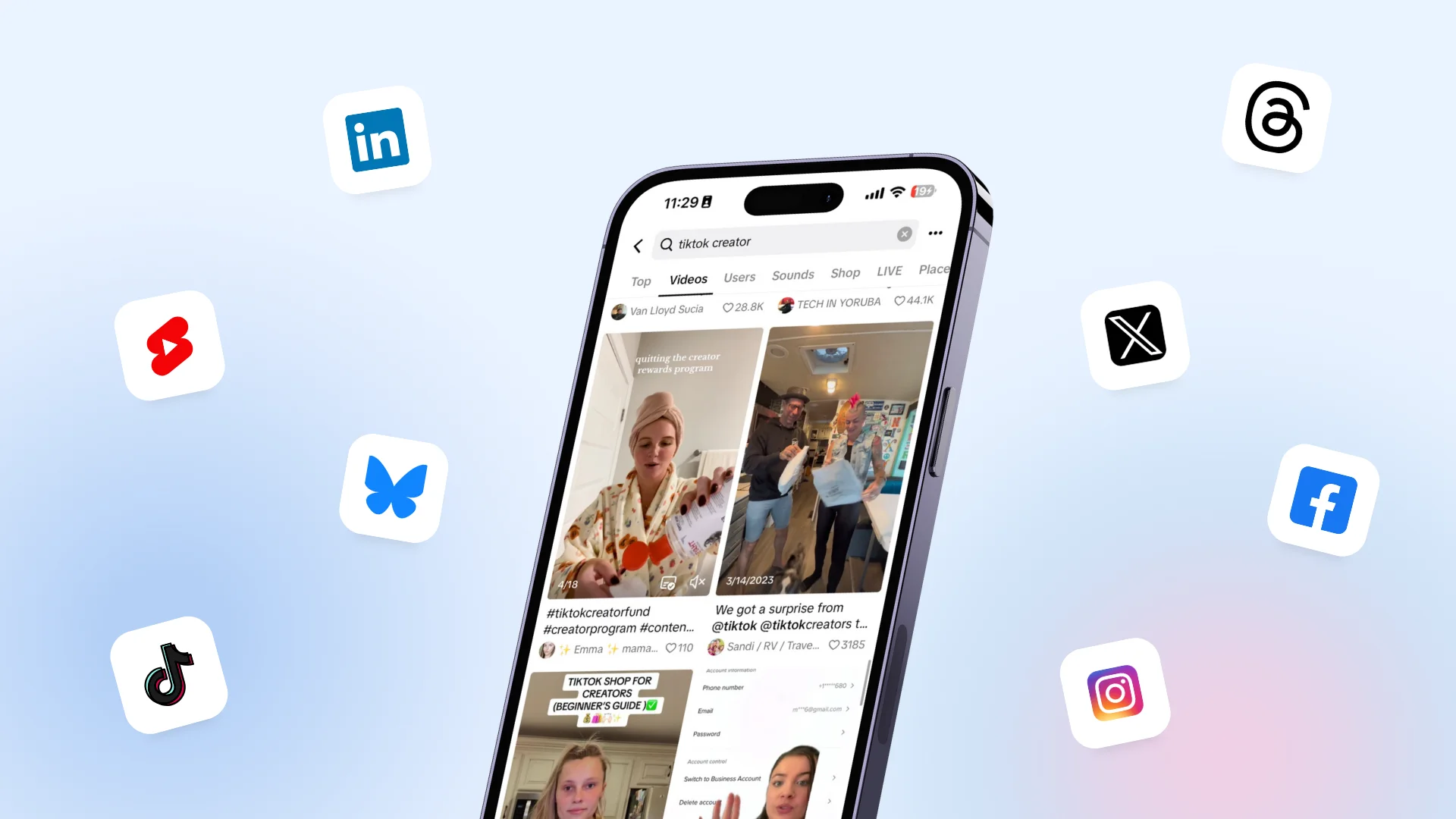
50 Unique Social Media Ideas for Consistent Content Creation
Discover 50 unique social media post ideas to engage your audience, grow your brand, and maintain a consistent content strategy with ease!
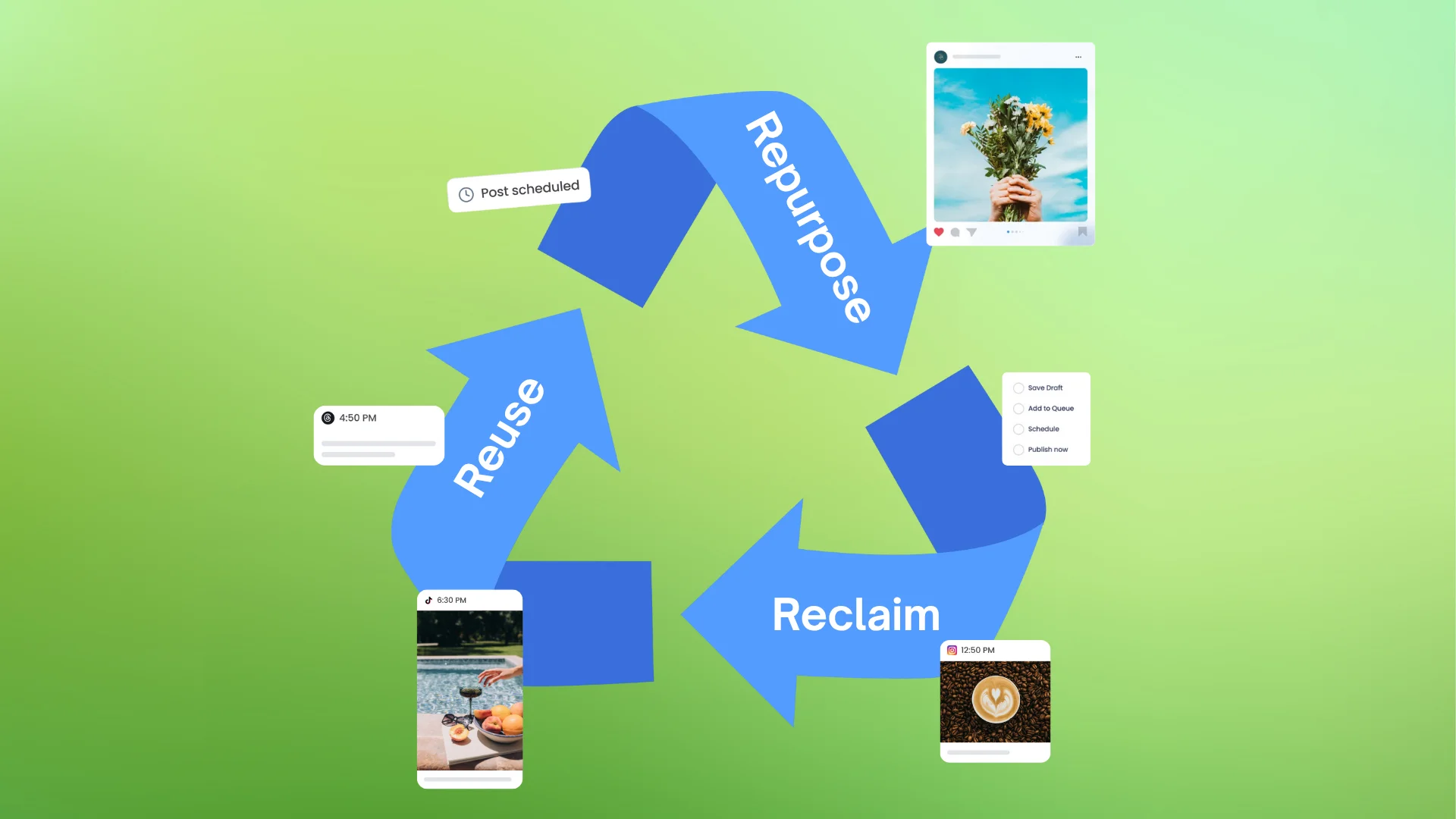
Mastering Content Reuse: The Key to a Consistent and Sustainable Posting Strategy
Published on February 22, 2022
8 min to read
Does Posting With 3rd-Party Social Media Tools Have a Negative Impact on Facebook Engagement?
Summarize with AI


Table of Content

Social networks have become a key marketing tool for promotion, which many companies and brands can hardly do without. A marketer who promotes products or services can work with 5, 10, or more accounts in different social networks at the same time. Naturally, this takes a lot of precious time, which the marketer often lacks. The rapid development of these networks has logically led to the emergence of social media tools and technologies that simplify the posting process. Convenient and easy-to-use social media auto-posting services and tools have become very popular today.
No doubt, the 3rd-party scheduling tools open up new opportunities for business promotion in social networks. In addition to the standard auto-posting function, many services offer to select the most appropriate publication time, make analytics on the number and behavior of subscribers of the account. Such websites and applications are also indispensable when you need to make a content plan for a month, analyze different target audience parameters, access a preview of posts, and track the UTM data.
Still, marketers get questioned if it is true that such useful and sometimes irreplaceable SMM services may hurt marketing results. Can they harm the company and hurt the organic reach of its audience? Keep reading to check out the results of a few research pieces and get essential tips on increasing your social media page’s reach and engagement.
Table of contents
What Do the Studies Show?
You could hear some rumors that social networks, in particular Facebook, have begun to punish users for using 3rd-party social media services. The main argument of those who believe that “manual posting” is more reliable was that post scheduling tools ruin your reach and engagement. But is this really the case? Sendible and Buffer did their own research based on testing Facebook reach of 3rd party scheduling apps. They are a bit different since both companies analyzed the data that was readily available to them. Let’s check the results and conclusions.
Sendible research
Sendible used Facebook’s Open Graph API to get a better understanding of levels of reach and engagement for the Facebook posts. That helped to see how many fans a Facebook page had and the post’s number of likes or impressions.
Fifty-eight different Facebook pages and 5000 posts were analyzed. They covered various industries and post sizes to achieve real results.
The following data points were taken into consideration:
- Was the post added from the 3rd-party tool or from Facebook itself?
- The total number of engagements that the post received on Facebook.
- The total number of Facebook users that saw the post in their feed.
- Was it a link, video, or photo?
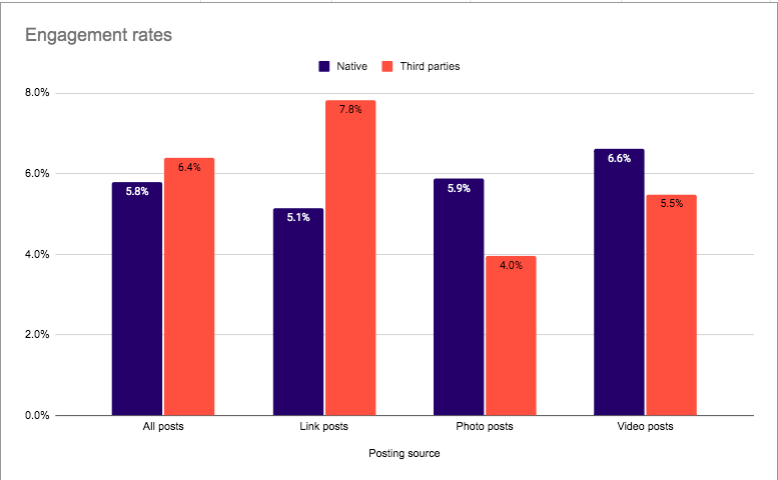
The key findings were the following:
- Facebook posts published through the 3rd-party tools got 10.3% more engagement than those posted natively.
- Posting links to Facebook via Sendible actually achieved 52.9% more engagement than those posted natively.
- Photo posts got 32.2% less engagement when posted through the 3rd-party tools.
- Posts added to Facebook through Instagram achieved a decreased engagement of about 5-10%.
- Posting videos via Sendible resulted in a decreased engagement of about 20%.
The overall conclusion is that posting via 3rd-party social media tools does not negatively impact Facebook post engagement and reach. You should note that the engagement might be lower if you post to Facebook through Instagram.
Buffer research
For a month, the Buffer team and a few marketers and brands tested 200 posts across 35 profiles. Buffer tool was not the only one tested to achieve meaningful data.
The following data points were taken into consideration:
- Numerous 3rd-party social media tools and social accounts were tested.
- Similar content quality (links, images, videos) was tested across all the social media platforms.
- Consistency in terms of posting time and frequency was checked.
The summary of their research is the following:
Facebook:
- 3rd-party tools: 9 posts / 81,639 total reach / 9,071 per post
- Native posting: 9 posts / 79,380 total reach / 8,820 per post

Twitter:
- 3rd-party tools: 45 posts / 949,890 total impressions / 21,108 per post
- Native posting: 45 posts / 975,223 total impressions / 21,671 per post
LinkedIn:
- 3rd-party tools: 9 posts / 63,221 total reach / 7,024 per post
- Native posting: 9 posts / 54,646 total reach / 6,071 per post
To conclude, some types of content performed better than others, no matter how they were posted. This means that the content’s quality is the essential factor determining your social media promotion’s success. The importance of video marketing was verified and confirmed. Compared with links and photos, video content increased the reach and engagement of Facebook and Twitter posts.
The researches show that Facebook is NOT punishing posts made via social media tools like Buffer, Sendible, Hootsuite, etc. These tools are still your perfect helpers to deliver great content consistently and on time.
It is also worth recalling that social networks themselves affect the reach and engagement, continually changing the ranking algorithms. Analyzing such data as clicks, likes, comments, etc., affects what we see in our daily Facebook feeds. That is why the question about the loss of a certain reach can also be addressed to the social network itself.
Try Vista Social for Free
A social media management platform that actually helps you grow with easy-to-use content planning, scheduling, engagement and analytics tools.
Get Started NowMaybe it is not about the 3rd-party tools at all?
The easiest way to explain the controversial issues of your posting is to blame 3rd-party services. The root of problems can often be related to issues that seem to be 100% solved. Here are some other possible reasons for the loss of audience reach:
- Too frequent posting. As you know, quantity affects quality. Your audience will get used to too regular posts and, as a result, may just start ignoring them. It is better to post not often but share unique and useful content.
- Low-quality content. The eternal truth is still relevant. Publish original, new, and exciting information to your audience. Play on popular topics.
- Low interaction with the reader. If users comment on your post and begin a dialogue, then it is much more likely that the post will be shown in their feed.
- Spamming. The audience can easily filter out your post, considering it spam. Some networks (like Facebook) may take this information as a step toward decreasing your reach.
- Wrong time for posting. Of course, your post will get less engagement at a time when your followers are not online or are busy with more important things.
- Abuse of hashtags with the @ sign.
How to Increase Reach and Engagement of Your Facebook Posts
Why should you care about increasing reach and engagement?
Paid advertising is an essential tool in promotion, but it should complement your organic engagement strategy. If you have organic content, you will enjoy several advantages:
- It increases the credibility of your brand.
- It allows users to get to know your products better.
- It improves the engagement of the audience.
- Organic content has the best CTR.
- When using organic content, your brand is perceived as more natural and less “advertising.”
Facebook engagement tips:
1. Create a content plan and stick to a clear structure of the posts
The posting schedule for a week or a month will help you determine the promotion strategy in advance and select the desired content type. A competent scenario is a key to success if a business needs promotion in social networks. After all, the more diverse and interesting the profile is, the higher the subscribers’ loyalty is.
2. Write about relevant topics for your audience
Your posts should be engaging and encourage subscribers to communicate in the comments. You and your competitors have a similar audience, so you should evaluate their content. Check what topics are gaining more reactions and what topics are more open to discussions.
3. Evoke emotions
Emotional posts evoke empathy and motivate your users to share their own feelings. By evoking positive emotions, you attract attention to the post. In turn, negative emotions (and even shock) confuse and deaden critical thinking. Depending on the goals, any polarity’s emotional text works perfectly; often, the positive is combined with the negative. Humor works at 200%, but it devalues the seriousness and importance of the content. In other words, it is a great tool, but not always appropriate.
4. Communicate with your audience
It is a simple and obvious technique to ask the readers’ opinion. All the people consider their opinion important; you just need to allow them to express it. Openness is the new black. Being “closer to the people,” many companies have long been enjoying the customers’ loyalty and love. And even if you are not yet ready to publish the annual report to the public, be open in communication. After all, social networks are created to be closer and erase the border between “client – company.”
5. Mutual PR with partners
This is a popular method of promotion, which can be either absolutely free or minimally expensive. For example, you need to promote your handmade chocolates. You can negotiate with the organizers of kids’ holidays and try bartering. You advertise them on your account, and they advertise you on their account. The publications’ formats can be different – starting from a simple informational post about a partner, ending with joint competitions and other collaborations. With this method, there is a kind of audience exchange, thereby increasing the reach and engagement.
6. Experiment and analyze
Track your audience’s traffic, compare it with the generally accepted results, and calculate how many posts appear in the feed at this time. If there are many posts, then there is a risk of getting lost in the feed. It may be worth considering using contiguous time intervals. In any case, you cannot accurately determine the best time to post without running the appropriate tests — experiment!
7. More video and stories
We play on Facebook trends — we post what the social network craves. The growth in the popularity of video content is not slowing down. Again, the video gets more reposts than the standard post. Videos are useful in many situations, but most of all, they are good when you establish contact with the audience, create a short instruction, teach something.
8. Use high-quality visual content
The twenty-first century can be safely called the era of visual marketing. A modern person does not spend time on a leisurely reading of newspapers in the morning but quickly flips through the news feed in social networks. Posts that contain high-quality images or videos attract much more attention than text posts. Having compelling visual content can improve your social media look and feel and increase your brand awareness.
9. Cooperation with influencers
Today, opinion leaders are becoming an increasingly powerful and influential channel of communication. Opinion leaders are the link between a brand and its target audience. By establishing contact with consumers, you will get honest feedback. And this is one of the fundamental aspects in the development of your brand. Consumers will start interacting with opinion leaders’ posts. In the discussion, you can see how people react to the product and what they want to change. You will get closer to your target audience and show consumers that you care about them and your products/services’ quality.
Conclusion
As you can see, many factors influence the reach and engagement of a Facebook business page. Still, you should not worry about the harmful effect of 3rd-party tools and services. The researches clearly showed that posting via 3rd-party social media tools did not negatively impact Facebook post engagement and reach. Get the most of the social media tools to increase the number of potential customers and sales level. And remember that high-quality content is the key to greater reach, new audiences, and customers.
About the Author
Content Writer
Read with AI
Save time reading this article using your favorite AI tool
Summarize with AI
Never Miss a Trend
Our newsletter is packed with the hottest posts and latest news in social media.
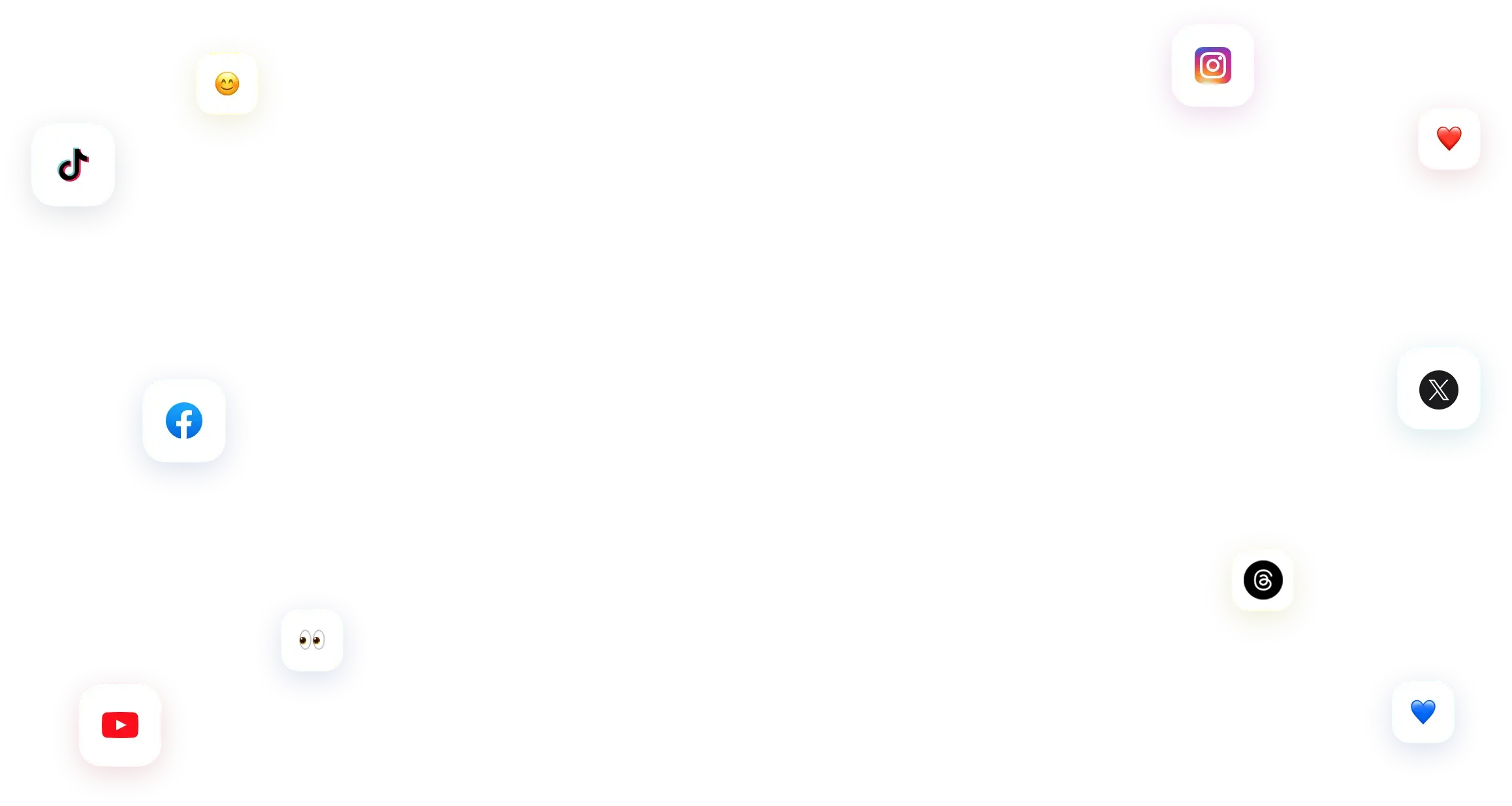
You have many things to do.
Let us help you with social media.
Use our free plan to build momentum for your social media presence.
Or skip ahead and try our paid plan to scale your social media efforts.
P.S. It will be a piece of cake 🍰 with Vista Social
Subscribe to our Newsletter!
To stay updated on the latest and greatest Social Media news. We promise not to spam you!


